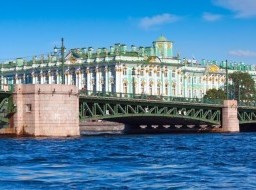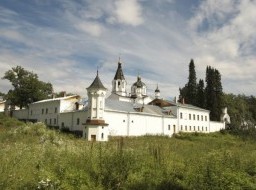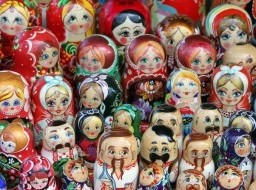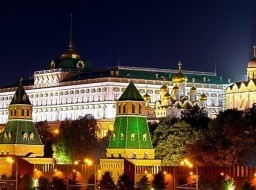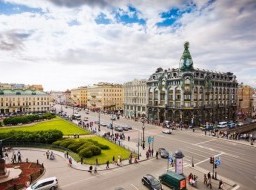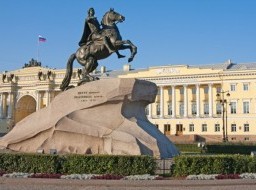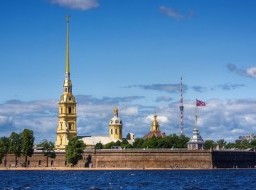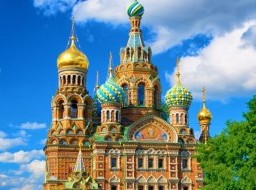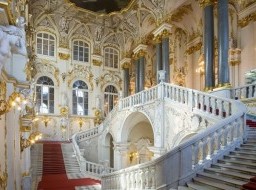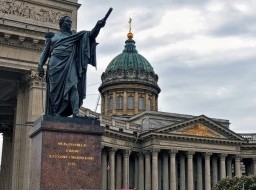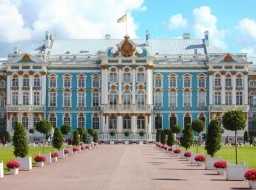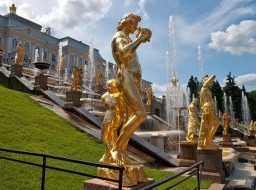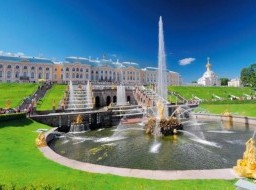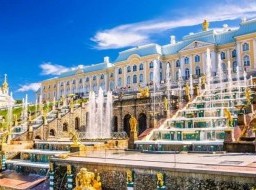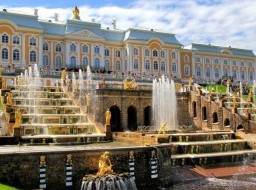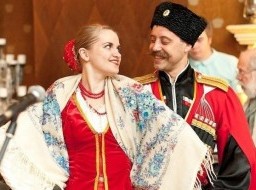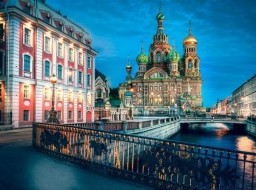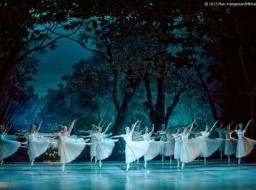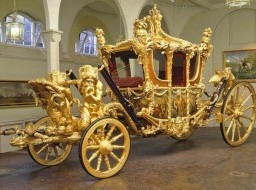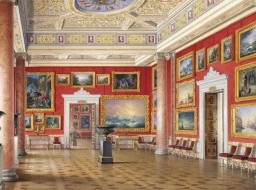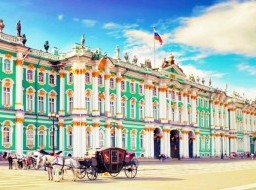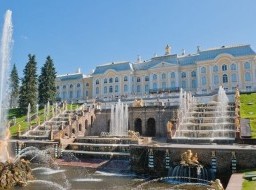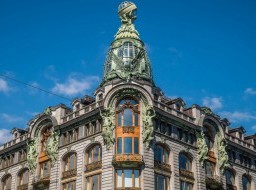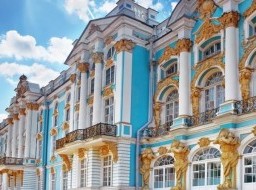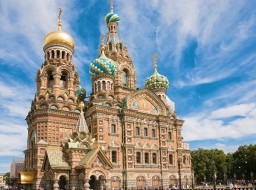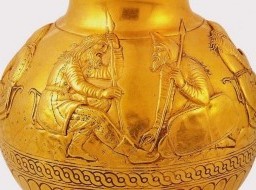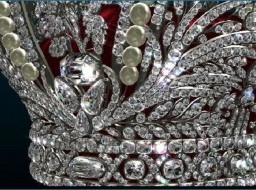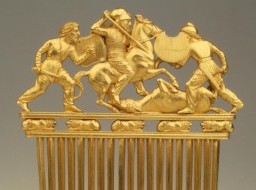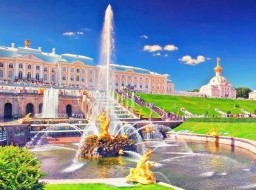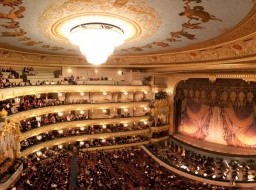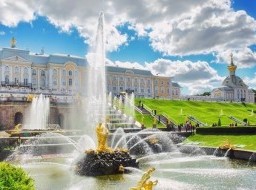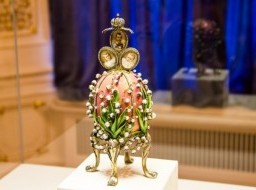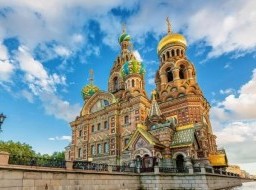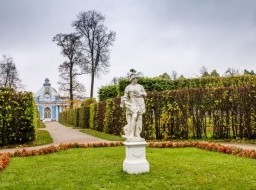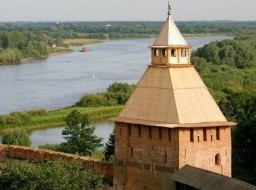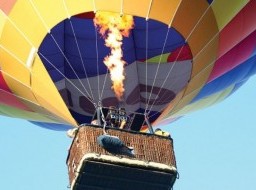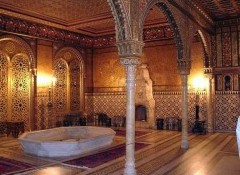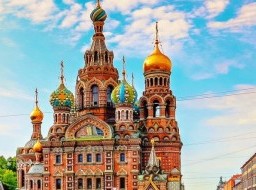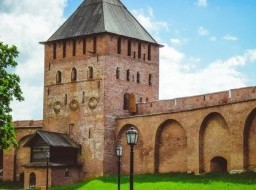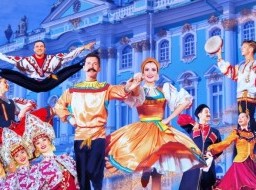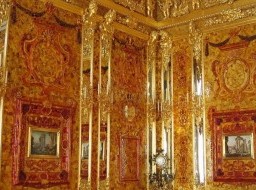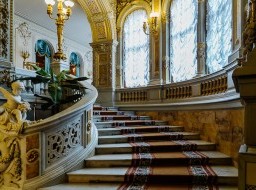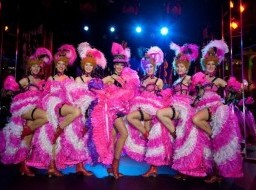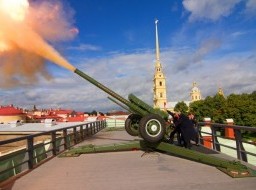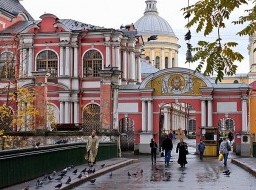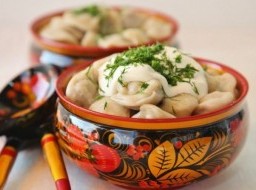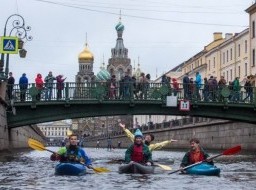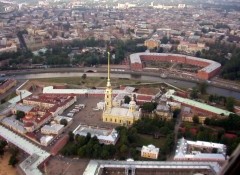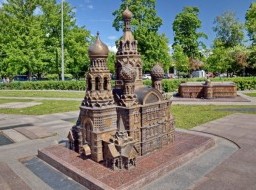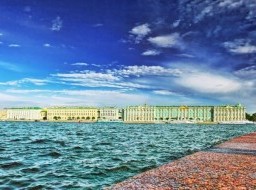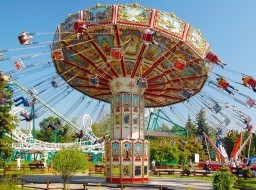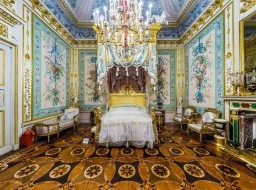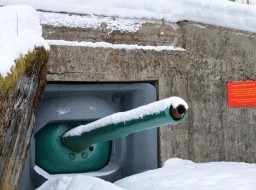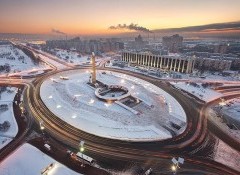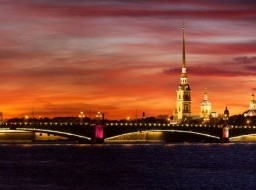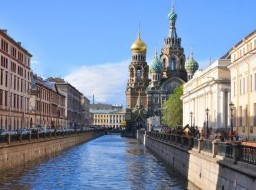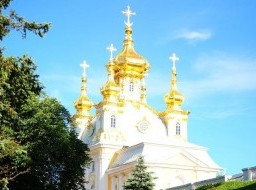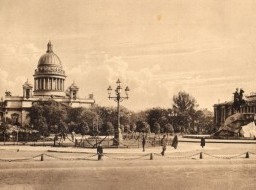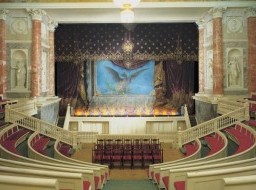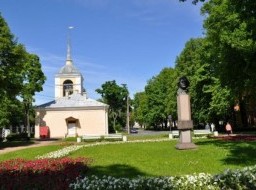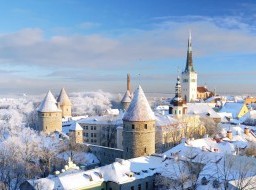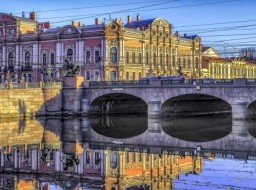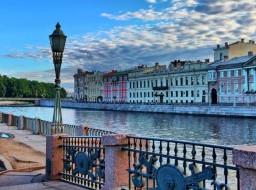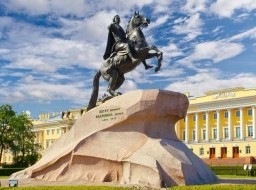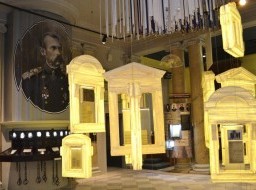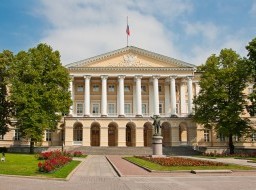Artillery Museum
The Military Historical Museum of Artillery, Engineering and Army Signal Corps is the only place in the world where Russian Military history is fully and visually represented. The largest collection of guns, ammunition, small arms and cold weapons, means of military communication, military and engineering equipment, battle flags, military uniforms, different awards, rich archives of documents and an extensive library of military history – are currently amassed in the museum. The museum was founded by Peter the First who ordered the construction of a special arsenal on the territory of Peter-and-Paul Fortress to store ancient artillery guns. By the end of the XVIII century the museum’s collection had extended to over 6000 exhibit items. In the year 1868 the museum, which had limited space, got a brand new place of residence. Moving into the building of the former arsenal situated in Crownwork at Peter-and-Paul’s Fortress, where it can be found to this day. The Museum acquired the status of storage for weaponry of All-Russian importance and this spiraled into the creation of a scientific library within the museum. In 1965 the Military Museum of Communications joined the Artillery Museum. It filled the museum’s collection with rarities such as the world’s first electromagnetic telegraph invented by Schilling P.L., the world’s first radio engineered by Popov A.S. and Bodo’s telegraph which transferred the act of unconditional surrender of Germany in 1945. In 1991 the museum’s collection was enriched with a collection of exhibits from the Polish memorial house-museum of Kutuzov M.I. Kutuzov Hall was then founded and the commander’s room was reconstructed with his personal belongings used in its design. The Museum at present day The Museum has one of the World’s most complete collections of artillery; it counts more than 1200 pieces of ordnance and mine throwers starting with sacks and harquebuses of the XIV century; ending with modern atomic artillery and rocket technology. Almost half of this collection represents foreign guns from thirty three countries of the world. The pictures of the best Russian battle painters, rare photographs, many of which have dedicatory inscriptions from the representatives of the Imperial Family, as well as the personal weapons of the Emperors of The Russian Empire, Napoleon Bonaparte, Marshal Murat I. Russian and Soviet military commanders are collected in the Museum’s funds. Since 2002 an external exposition has been open near the Museum area that has stretched out for more than two hectares located in the courtyard of the Crownwork. It consists of 250 pieces of artillery, engineer equipment, missile munitions up to the current models. |
|

